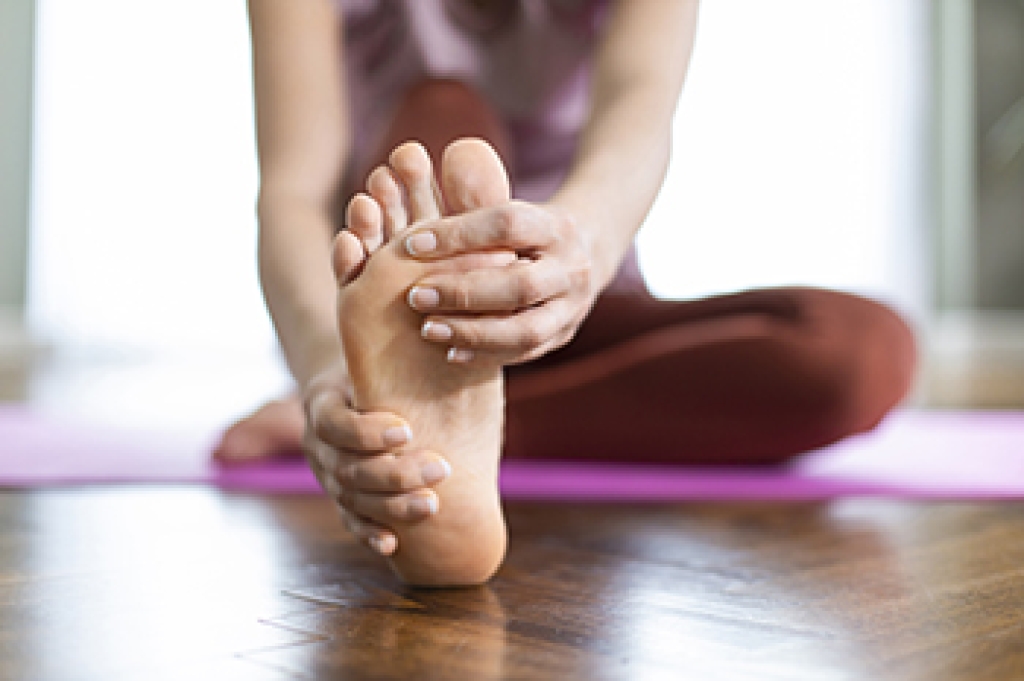
Toe pain can come from various conditions, including athlete’s foot, bunions, and ingrown toenails, each with its own causes and symptoms. Athlete’s foot is a fungal infection often caused by sweaty feet and exposure to damp environments, like locker rooms. Athlete’s foot can lead to itching, burning, redness, and peeling skin. Bunions are bony bumps that form at the base of the big toe, often due to genetics, poor footwear, or arthritis, causing pain, swelling, and difficulty walking. Ingrown toenails occur when the edge of a nail grows into the surrounding skin, often from improper trimming or tight shoes. This may lead to pain, redness, swelling, and sometimes infection. Any of these conditions can make walking painful and reduce your quality of life. A podiatrist can diagnose the problem through a physical exam, lab tests, or imaging. Treatments include antifungal medications, orthotics, nail care, or minor procedures to relieve discomfort and correct the issue. If you have toe pain, it is suggested that you schedule an appointment with a podiatrist for appropriate treatment solutions.
Toe pain can disrupt your daily activities. If you have any concerns, contact Mital Patel, DPM of South Shore Podiatry. Our doctor can provide the care you need to keep you pain-free and on your feet.
What Causes Toe Pain?
Most severe toe pain is caused due to a sports injury, trauma from dropping something heavy on the toe, or bumping into something rigid. Other problems can develop over time for various reasons.
Toe pain can be caused by one or more ailments. The most common include:
- Trauma
- Sports injury
- Wearing shoes that are too tight
- Arthritis
- Gout
- Corns and calluses
- Hammertoe
- Bunions
- Blisters
- Ingrown toenails
- Sprains
- Fractures (broken bones)
- Dislocations
When to See a Podiatrist
- Severe pain
- Persistent pain that lasts more than a week
- Signs of infection
- Continued swelling
- Pain that prevents walking
Diagnosis
In many cases the cause of toe pain is obvious, but in others, a podiatrist may want to use more advanced methods to determine the problem. These can range from simple visual inspections and sensation tests to X-rays and MRI scans. Prior medical history, family medical history, and any recent physical traumatic events will all be taken into consideration for a proper diagnosis.
Treatment
Treatments for toe pain and injuries vary and may include shoe inserts, padding, taping, medicines, injections, and in some cases, surgery. If you believe that you have broken a toe, please see a podiatrist as soon as possible.
If you have any questions please contact our office located in Massapequa, NY . We offer the newest diagnostic and treatment technologies for all your foot and ankle needs.